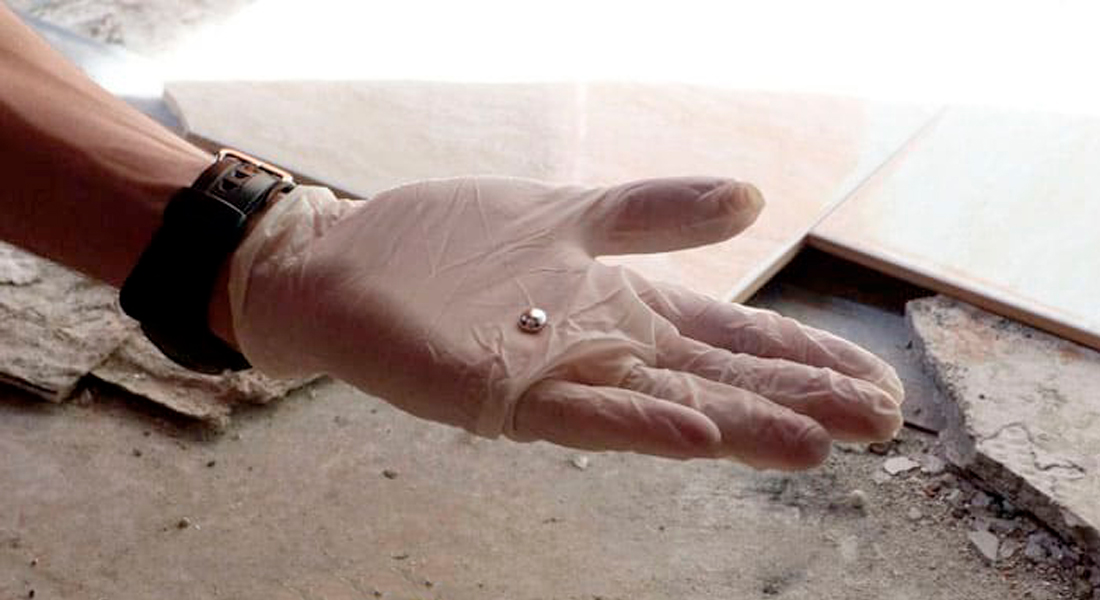Narrating matters: Quicksilver

About Martina Wernli
Martina Wernli studied German Literature, Philosophy and English Literature at the Universität Zürich and Humboldt Universität Berlin. Her Dissertation Schreiben am Rand. Die ‚kantonale Irrenanstalt Waldau‘ und ihre Narrative (1895–1936) focuses on the questions of writing in a psychiatric clinic around 1900.
She published her second book (Habilitation) in 2021. The book presents a literary history of goose quills both as metaphors and writing implements. It is called Federn lesen. Eine Literaturgeschichte des Gänsekiels von den Anfängen bis ins 19. Jahrhundert. After a year in Mainz she is currently working at University of Frankfurt/Main again. Her topics of research are questions of canonization and marginalization, female authors of German Romanticism, contemporary literature (Herta Müller) or literature and material cultures.
Abstract
Already ancient sources refer to the magical powers of mercury. Living silver (argentum vivum) is associated with a pharmaceutical promise of long-term healing until a complete turnaround occurs: mercury becomes a harmful poison and thus a subject of catastrophe narratives, for example in the depiction of the Minamata poisonings in Japan in the 1950s (cf.: Keibo Oiwa: Rowing the Eternal Sea: The Story of a Minamata Fisherman 2001). How is mercury written about? When is the (narrative) substance a remedy and for what? When and how does it become a poison? Which real-life catastrophes lead to mercury texts and how does this so-called “transition metal” drive the plot in science fiction novels? To what extent is mercury “vibrant matter” (Jane Bennett), a “hyperobject” (Timothy Morton), or a paradigmatic material of ecologically interested and informed writing?
Map of South Campus
View directions.
View on map of the Faculty of Humanities - South Campus.
View map of South Campus (pdf).
